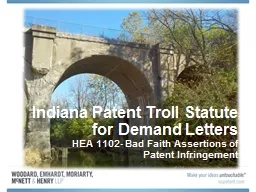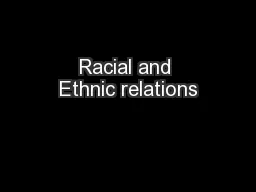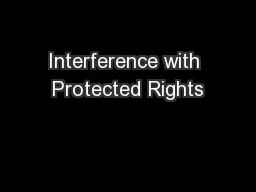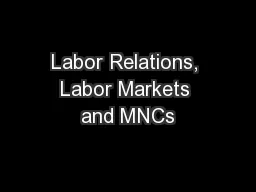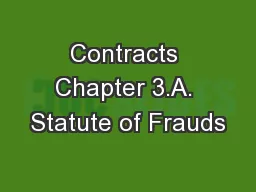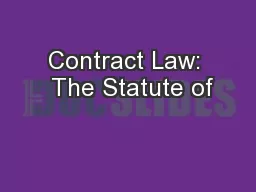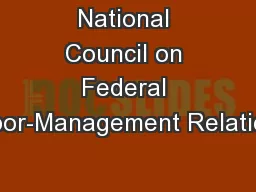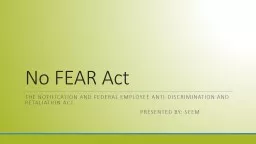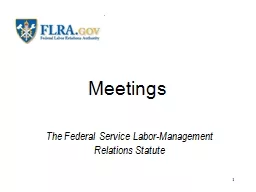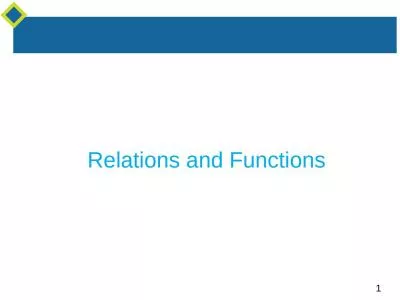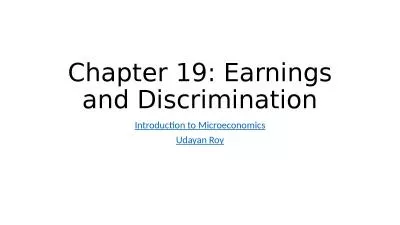PPT-Discrimination The Federal Service Labor-Management Relations Statute
Author : jainy | Published Date : 2024-03-13
1 Sources of Non Discrimination Rights 5 USC 7116a2 It is an unfair labor practice for an Agency to encourage or discourage Union membership in a labor organization
Presentation Embed Code
Download Presentation
Download Presentation The PPT/PDF document "Discrimination The Federal Service Labor..." is the property of its rightful owner. Permission is granted to download and print the materials on this website for personal, non-commercial use only, and to display it on your personal computer provided you do not modify the materials and that you retain all copyright notices contained in the materials. By downloading content from our website, you accept the terms of this agreement.
Discrimination The Federal Service Labor-Management Relations Statute: Transcript
Download Rules Of Document
"Discrimination The Federal Service Labor-Management Relations Statute"The content belongs to its owner. You may download and print it for personal use, without modification, and keep all copyright notices. By downloading, you agree to these terms.
Related Documents

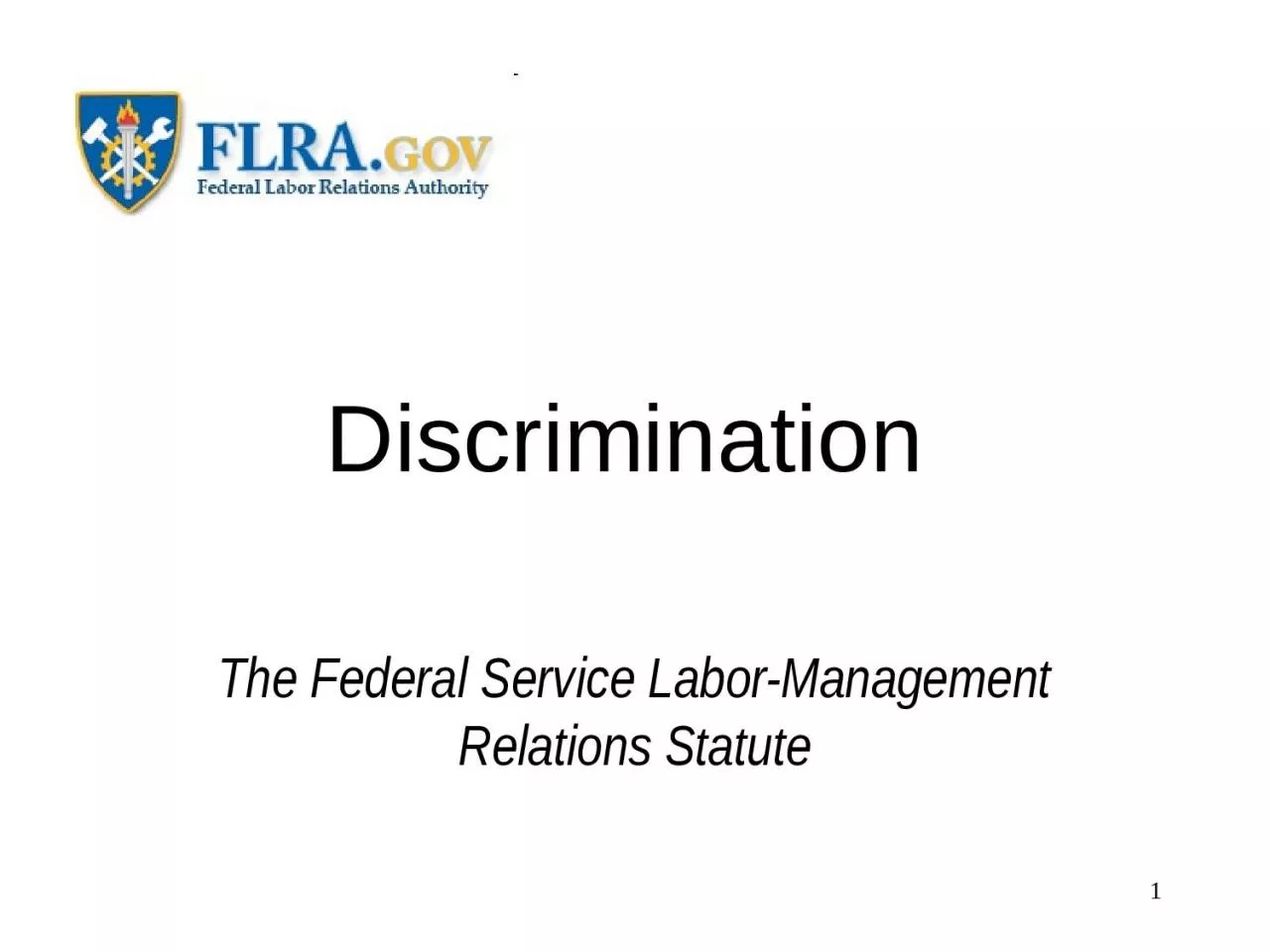
![[Original Service 2001] STATUTE LAW OF THE BAHAMAS VAGRANCY CHAPTER 89](https://thumbs.docslides.com/210794/original-service-2001-statute-law-of-the-bahamas-vagrancy.jpg)
